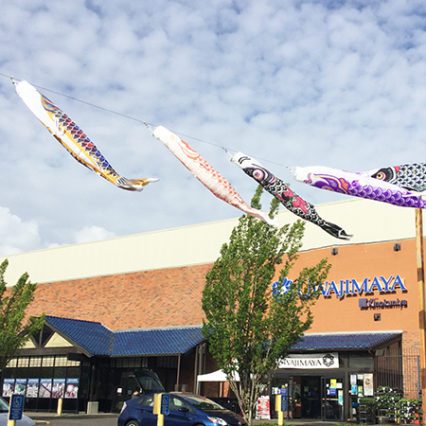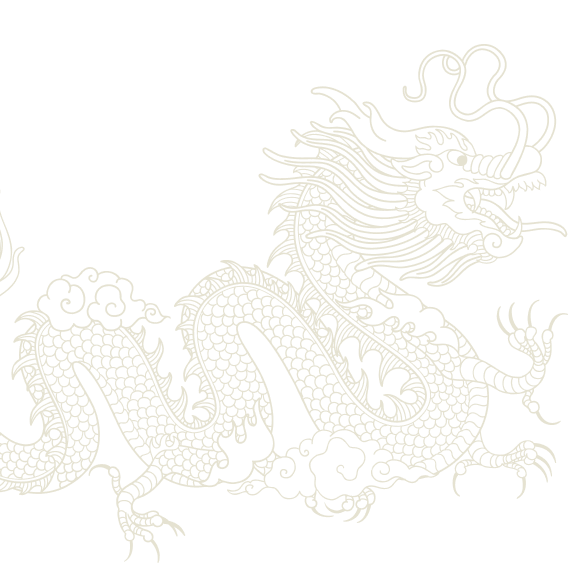Children’s Day

Children’s Day
Until 1948, May 5th was celebrated as Boys’ Day (Tango no Sekku, 端午の節句). Boy’s Day combined with Girls’ Day (Hinamatsuri, 雛祭り) to create Children’s Day, a national holiday. Much like Girls’ Day on March 3rd, Boys’ Day was a time for families to celebrate sons and wish for their health, prosperity, and good fortune. Instead of the Hinamatsuri doll display, families display statues of the folk heroes Kintarō (金太郎) or Momotarō (桃太郎)- both known for their heroic adventures as boys- and kabuto, a Japanese feudal military helmet. Learn how to make your own origami kabuto helmet here.
Many of the foods enjoyed during Children’s Day are similar to those eaten during Hinamatsuri; Chirashi sushi, Ushio-jiru soup, dango, and inari sushi are all Children’s Day favorites (see our blog post about Hinamatsuri for descriptions). Kashiwa Mochi are sweet rice cakes filled with red bean paste wrapped in an oak leaf. Long a symbol of prosperity, the oak leaf- while not edible- imparts a distinct flavor to the mochi. While Kashiwa Mochi are popular in the Kanto (Tokyo) region of Japan in the east, in the western Kansai (Osaka) regions, sweet rice steamed in bamboo leaves are a popular dish. Believed to have its origins in the Chinese zongzi, chimaki are either filled with sweet bean fillings or savory meat and vegetables.
Stop by our gift department today to get your own koinobori windsocks and celebrate Children’s Day with Uwajimaya.




